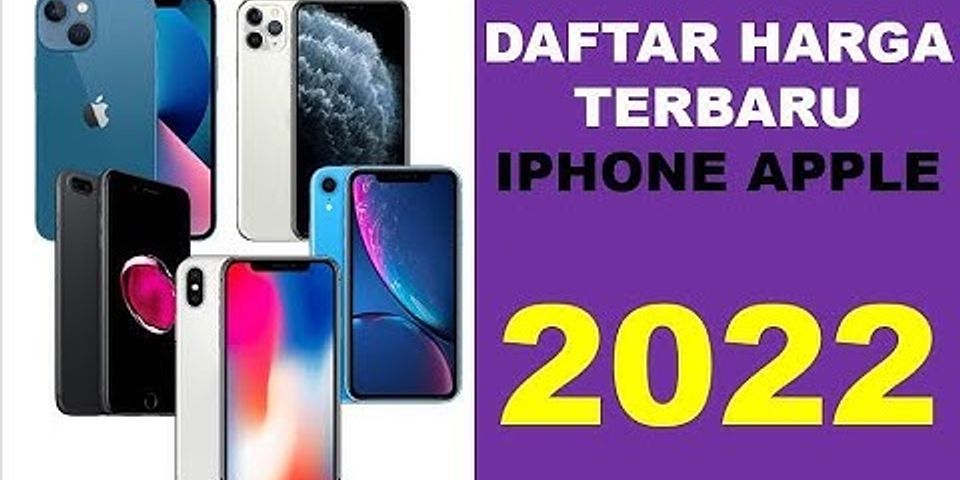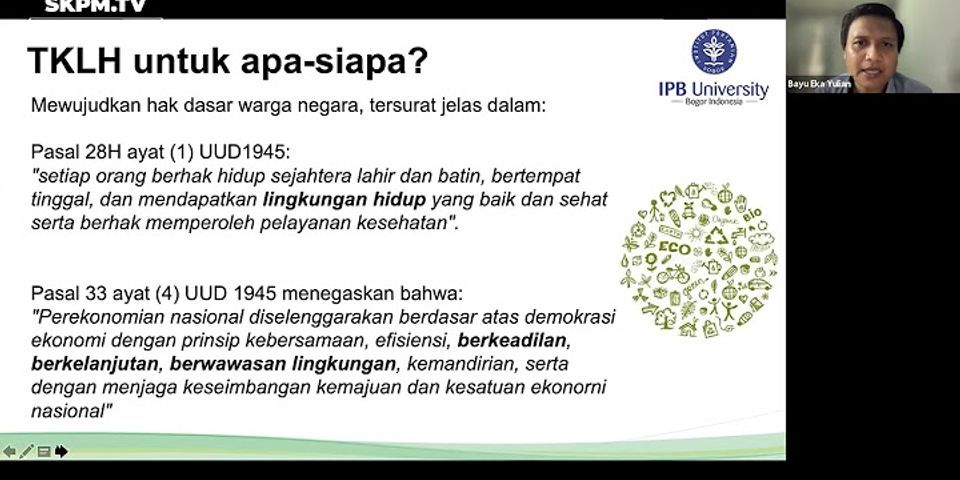This article describes the functions of Shared Drive (formerly Team Drive) in Google Workspace, access levels, and the comparison between Shared Drive and My Drive. Show
Contents
What is Shared Drive in Google Workspace?The Shared Drive in Google Drive can be used to store, search, and access files with a team. Files in Shared Drive belong to the team instead of an individual. Even if members leave, the files stay in place so your team can keep sharing information and work anywhere, from any device. Main FeaturesCreate a shared drive for your projects or team to share information and work. Please refer to the table below for the available features. FeatureDescriptionFind files and folders after an employee leavesYour organization owns the files in a shared drive, not an individual. When an employee leaves and an admin deletes their account, their files remain in shared drives.Improved sharing rulesAll members of a shared drive see the same content.Content discoverabilityAdding a user to a group in Google Groups automatically adds them to all the shared drives that include that group.Add external users to shared drivesYou can add users outside of your organization to a shared drive. If you do: Reference: https://support.google.com/a/answer/7212025
When to create a new shared drive?Please refer to the following points to confirm the needs before creating a shared drive.
If the criteria above are fulfilled, creating a new shared drive is a good idea. If the files are for a variety of projects, create multiple shared drives. As the number of projects and teams increases, finding and managing content in a single shared drive can become difficult. Google Workspace Edition with Shared DriveEditionShared DriveBusiness StarterXBusiness StandardOBusiness PlusOEnterprise EssentialsOEnterprise StandardOEnterprise PlusO Shared Drive is only available in Business Standard, Business Standard, Business Plus, Enterprise Essentials, Enterprise Standard, Enterprise Plus. Shared Drive Access LevelsManagerContent manager*Contributor**CommenterViewerView shared drives, files, and foldersComment on files in shared drivesMake, approve, and reject edits in filesCreate and upload files and create folders in shared drivesAdd people and groups to specific files in shared drivesAdd people and groups to specific folders in shared drivesMove files and folders from a shared drive to My DriveMove files and folders within a shared driveMove files and folders from one shared drive to another shared driveMove shared drive files and folders into the trashPermanently delete files and folders in the trashRestore files and folders from trash (up to 30 days)View shared drives, files, and foldersComment on files in shared drives * Default role for new members.**If you grant Contributor access to users, they can have read-only access to files in Google Drive for desktop or files in the Chrome OS Files app. To allow users to edit files in a shared drive in Drive for desktop and Chrome OS, give the user Content manager access to the shared drive. Reference: https://support.google.com/a/answer/7337554 Comparison between Shared Drive & My DriveShared DriveMy DriveWhat types of files can you add?All file types except files from Google MapsAll file typesWho owns files and folders?Your organizationThe individual who created the file or folderCan I move files and folders onto a drive?Users can only move files. Reference: https://support.google.com/a/answer/7212025Administrators can move files and folders.YesCan I move files and folders within a drive?Yes, if you have Manager or Content Manager access. Note: Only Managers can move files and folders between shared drives.YesCan I sync files to my computer?With Drive for desktop: Yes With Backup and Sync: NoYesHow does sharing work?All team members see the same file set.Different users might see different files in a folder, depending on their access to individual files.How long do deleted files stay in Trash?
Benefits of Shared DriveEasier management by using access levelsThe access levels can be assigned to users for accessing the folders in Shared Drive, which is easier to be managed compared to My Drive. Now, you do not need to grant file permissions one by one anymore! Reduce the hassle when employees leaveWhen an employee resigns, if the file is owned by the employees My Drive, he will have to spend time transferring the file permissions before he leaves. However, if a Shared Drive is used, the ownership of the files belongs to the organization, and there is no need to specifically transfer file permissions even if an employee leaves. Shared Drive LimitsThere are limits to the number of items, members, and daily uploads you can have in shared drives. Maximum items in a shared driveA shared drive can contain a maximum of 400,000 items, including files, folders, and shortcuts. Maximum daily uploadsIndividual users can only upload 750 GB each day between My Drive and all shared drives. Users who reach the 750-GB limit or upload a file larger than 750 GB cannot upload additional files that day. Uploads that are in progress will complete. The maximum individual file size that you can upload or synchronize is 5 TB. File sharing limitsA given file within a shared drive can be directly shared with a maximum of 100 groups. Folder limitsA folder in a shared drive can support up to 20 levels of nested folders. However, it is not advisable to create a large number of folders in one shared drive. Users might have difficulty organizing and finding content. Instead, you can organize content into multiple shared drives. Membership limitsYou can add users and groups in Google Groups to a shared drive. If you add a user who is a member of multiple groups that are members of the shared drive, the user only counts as one member. How to Avoid Exceeding Limits?Use Google Groups for membershipLarge organizations should manage membership using Google Groups instead of adding individual users. Empty the trash for shared drivesItems that are not permanently deleted from the shared drives trash still count toward the limits for the shared drive. Use shared drives for specific projectsMake sure shared drives are organized for projects and teams instead of general-purpose file storage. Make Optimum Use of Shared DriveShared Drive is only available in Google Workspace Business Standard or a higher edition. You can manage files more efficiently if you can understand the use of access levels and limits. If you want to learn more about Shared Drive, please feel free to contact TS Cloud (Google Premier Partner). Contact Our TeamIs there anything that you want to learn more about?Do you wish to speak to one of our experts for further explanation? Click on the button below to book a free 1 on 1 consultation with an expert on our team. Schedule a Consultation |

Pos Terkait
Periklanan
BERITA TERKINI
Toplist Popular
#2
#4
#6
#8
Periklanan
Terpopuler
Periklanan
Tentang Kami
Dukungan

Copyright © 2024 idkuu.com Inc.


















